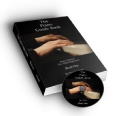20th Century Composers:
Modern and Contemporary
The 20th century composers were looking for something new, throwing away the rule books and all preconceived notions about composition, rejecting the norms of the "Common Practice Period." These composers were daring experimenters. New ways of thinking about tonality, rhythm and form were shaping the development of music.
At the same time a separate movement, Impressionism, was happening in France. These composers were experimenting with simplicity. Like Impressionistic painters, the music hints rather than states.
20th Century Composers:
Schoenberg, Ives, Bartok, Stravinsky, Prokofiev, Debussy, Ravel
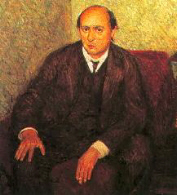
Arnold Schoenberg, 1874-1951. This Austrian composer became a U.S. Citizen in 1941. Schoenberg revolutionized music with his development of the twelve-tone scale technique in serial music. He used the chromatic scale with a high degree of counterpoint. He abandoned traditional tonality, his work becoming atonal. He wrote piano pieces, chamber works, concertos, and an unfinished opera.
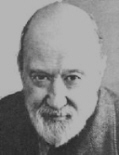
Charles Ives, 1874-1954. An American composer, Charles Ives was an organist that also worked in the insurance business. Having another source of income left him free to follow a direction in music unencumbered by any commercial or monetary concerns. His advanced approach anticipated the works of Schoenberg and Stravinsky, but was mostly unpublished. He composed chamber pieces, orchestral works, and choral works with a link to American folk music.

Igor Stravinsky, 1882-1971. This Russian-American composer is often considered the most versatile and greatest of the 20th century composers. his fresh, innovative music revitalized European music. He used irregular rhythms and dissonant harmonies, that later evolved into a neoclassical style, but employing the twelve-tone system. He is probably best known for his ballet, The Rite of Spring. He became an American citizen in 1945.
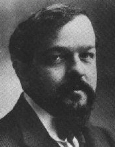
Claude Debussy, 1862-1918. This French composer is the major exponent of Impressionism in music. He explored unusual harmonies and dissonances using the whole tone and the pentatonic scales, creating nuanced moods. He composed tone poems, orchestral works, nocturnes, preludes and etudes. His Clair de Lune may be his most popular work.
Bela Bartok, 1881-1945. A Hungarian composer that created his own style by combining folk elements, atonality, and traditional techniques. This 20th century composer had a great influence on music. He is known for his works for piano, including Mikrokosmos. He also wrote violin pieces, orchestral works, and concertos. He emigrated to the U.S. in 1940.
Sergei Prokofiev, 1891-1953. This Russian composer toured the world as a concert pianist and conductor. Though his early works are considered harsh, he developed a lyrical and simplified style. He composed symphonies, concertos, chamber works, suites and operas. He is perhaps best known for his symphonic fairy tale Peter and the Wolf.
Maurice Ravel, 1875-1937. This French composer is also considered a major exponent of Impressionism. He composed fluid, original music using classical structure. He composed for the piano and orchestral pieces. He is probably best known for his Bolero.
Start Playing Piano Today with the Piano Guide Quick Start Course!
Easy to follow step-by-step lessons designed for adult beginners. The next best thing to private lessons!
What You'll Learn:
- Notes on the piano/keyboard
- Proper fingering
- C major scale
- Chords
- How to read music
- And much more!
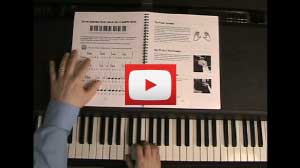
Video lessons - watch as I play everything for you.
